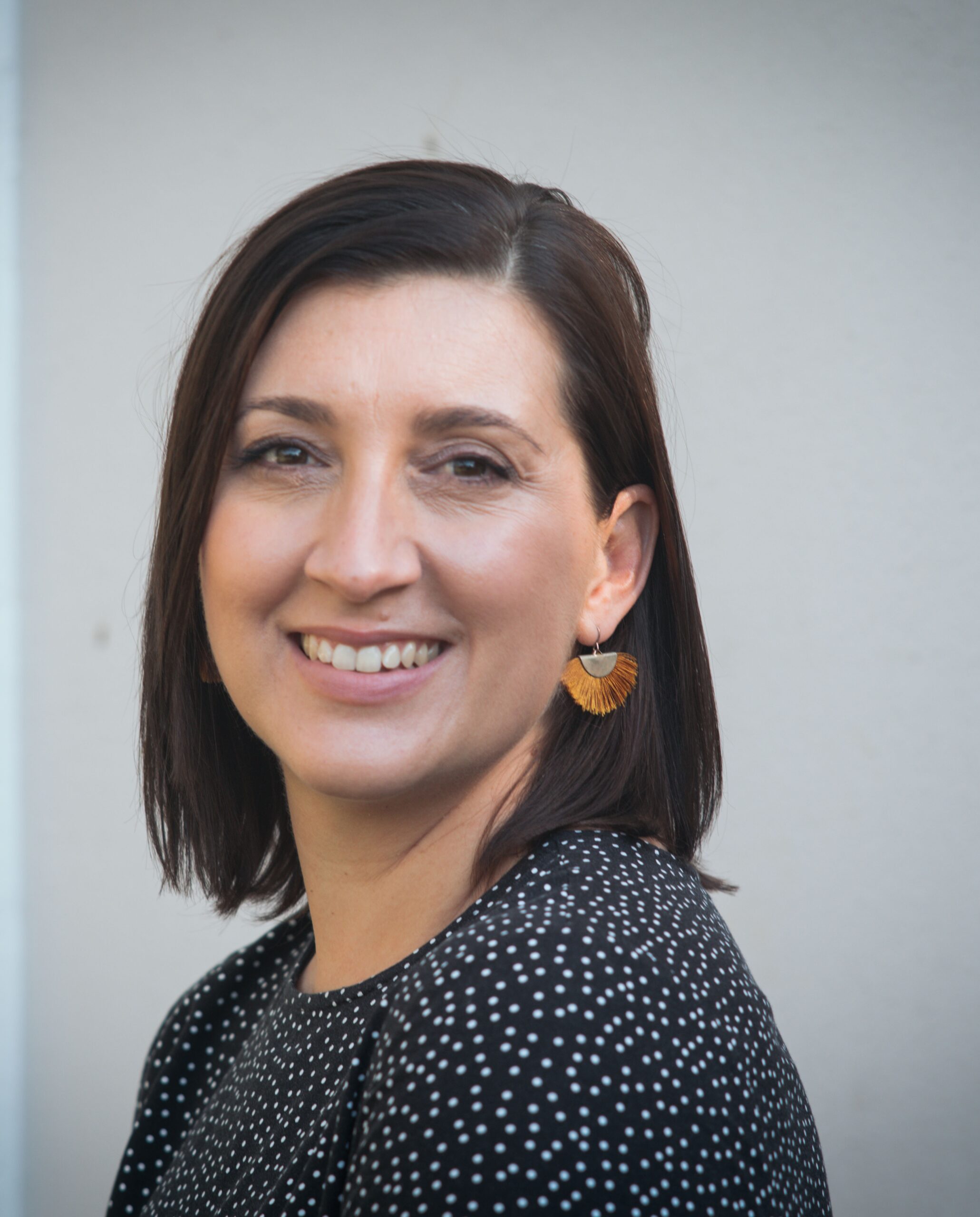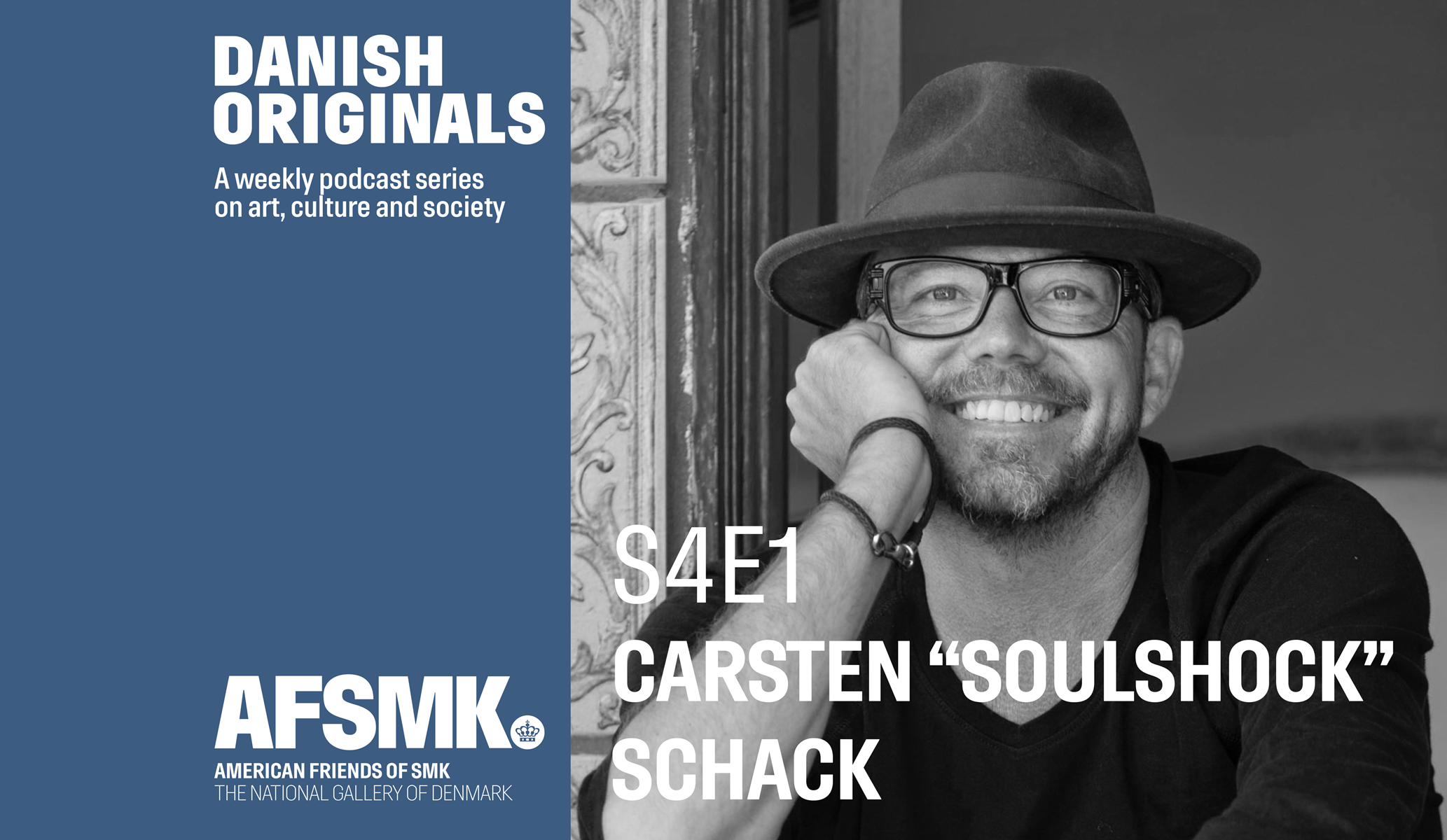The number of Danes taking medication for the attention disorder ADHD is rapidly increasing according to new figures published by the tabloid Ekstra Bladet yesterday.
The figures, obtained from Statens Serum Institut, show that in 2012 the number of Danes receiving ADHD medication grew by 3,000 people to 38,000. That means that there are now almost 15 times more people on ADHD medication than in 2001, when only 2,400 were receiving treatment.
The increase comes despite a 2010 intervention by the health agency, Sundhedsstyrelsen, which changed regulations so that only specialists, such as psychiatrists, could prescribe ADHD medicine. Despite the intervention, the number has continued to climb, leading both experts and the government to voice concern.
“It’s crazy that the number has continued to increase, but it doesn’t surprise me,” psychiatrist Asker Stig Nielsen told Ekstra Bladet. “ADHD has become trendy and I think both patients and doctors need to be more critical.”
Nielsen argued that the criteria for ADHD are so loose that it is too easy to misdiagnose patients.
“It can often be hard to make an accurate psychiatric diagnosis, even for psychiatrists,” Nielsen said. “Many symptoms of other problems, such as crises, depression or drug abuse, can look like symptoms for ADHD.”
Health Minister Astrid Krag (Socialistisk Folkeparti) said she was worried that the number of Danes receiving ADHD medication has increased so rapidly.
“If there are people that needed treatment who are now receiving it, then it’s good they have been properly diagnosed,” Krag told Ekstra Bladet. “But the figures clearly show that there has been a shift concerning when people ought to be given medication. It is also worrying that there are variations across the country regarding diagnosis.”
The government has set aside funds for creating clearer diagnostic guidelines for both adults and children with ADHD.
But as the guidelines won't be ready for children until the autumn, and not until 2014 for adults, Krag is calling on psychiatrists to be more cautious in offering medication.
“The new guidelines will ensure a common approach to diagnosis across the country,” Krag said. “It’s important that the people who are actually ill get the help they need, including medicine. It’s vital that we strengthen the guidelines so that the same approach is adopted across the country.”














